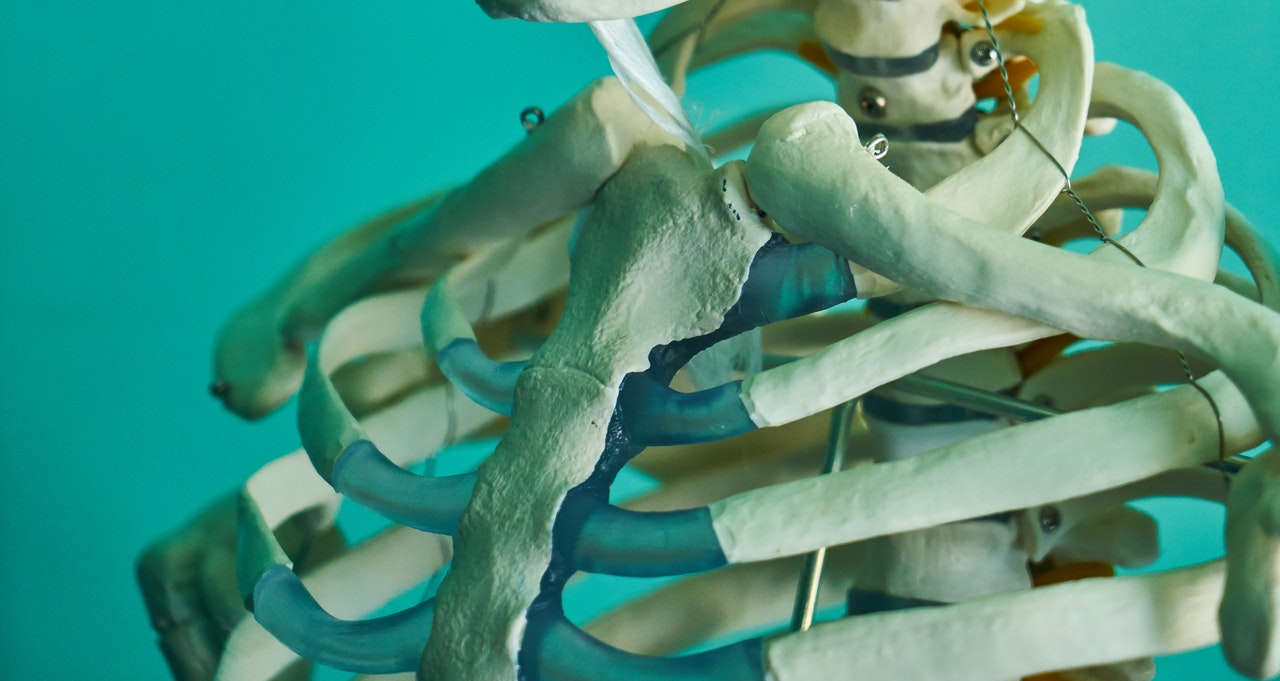Whiplash from a Car Accident
An automobile accident is one of the most common causes of injury to joints, muscles, and bones. Immediately following a car accident, drivers and passengers may not feel any pain; however, the collision may have caused a whiplash injury.
Whiplash injury occurs during an automobile accident when a person’s head is suddenly forced backward and forwards by the physics of the automobile coming to an abrupt stop from an impact. People involved in low-speed accidents are as susceptible to whiplash injury as in high-speed accidents.
During an automobile accident causing a whiplash injury, the accident victim’s head is rocked violently back and forth. As a result of this rocking, muscles, tendons, and ligaments are stretched and sometimes torn. Drivers and passengers may not feel the pain from the injury for 24 hours or more.
This type of injury is usually not life-threatening, but a person experiencing a whiplash injury can experience long-term pain, discomfort, and sometimes permanent disability.
Should the patient have pain or numbness that extends to the shoulders and arms, or if they find it difficult or painful to move their head, they should seek immediate medical care.
Many patients may be able to have relief from pain by resting for a few days and using over-the-counter medications like acetaminophen. An automobile accident victim should follow up with the professional care of a chiropractor or physical therapist if they experience continued symptoms.
Symptoms of Whiplash
An accident victim’s symptoms might include headaches, dizziness, fatigue, blurry vision, memory or concentration problems, depression, ringing in the ears, jaw dysfunction, and any pain or stiffness associated with moving. Chiropractors and physical therapists are specialists in relieving these symptoms.
Since whiplash mainly involves the muscles and ligaments in the neck area, medical professionals have no specific neurologic or physiologic tests to diagnose whiplash. Symptoms, however, should not be ignored.
X-rays of the neck and spine may show existing and aggravated degenerative spinal discs or unusual curvature of the spine in the neck area–called the cervical region. X-rays can also detect any broken bones.
MRI (magnetic resonance imaging) and a CT (computerized tomography) scan detect soft tissue injury. A physician may order an MRI or CT scan if the patient’s back and neck pain could be caused by compressed nerve damage.

MRI and CT tests are usually not performed immediately after an accident because of increased inflammation directly following an injury. However, a physician may order these tests if a disc or spinal cord injury is suspected.
A patient who is not experiencing relief from their pain can choose to visit a chiropractor, or a physical therapist, who will take a complete history of the patient’s health and injury. The patient will be able to precisely explain what they experienced during the accident, where they feel the pain, and if they are experiencing sharp, dull, or shooting pain.
The practitioner will then complete a physical exam to identify the range of motion in the cervical region. After carefully considering all factors from the patient’s accounting and the physical examination, the chiropractor or physical therapist will prescribe treatment.
Treatment for Whiplash
Chiropractic or physical therapy treatment may include manipulation, massage, and neck exercises. The professional can also advise treatment with heat or ice therapy, electric stimulation, and ultrasound therapy.
The health care professional will most likely advise their patient about maintaining upright posture positions while walking, standing, sitting, and sleeping. Maintaining movement is vital during the healing process.
There are cases of long-term disability with whiplash injuries; however, with proper care and guidance from a professional practitioner, most whiplash patients make a full recovery within three months following their automobile accident.
Proper positioning of the headrest in all vehicles can help limit serious injuries. Adjusting the headrests as you would the automobile mirrors to fit the vehicle driver and the passengers will help lessen serious whiplash injuries if an accident should occur.







